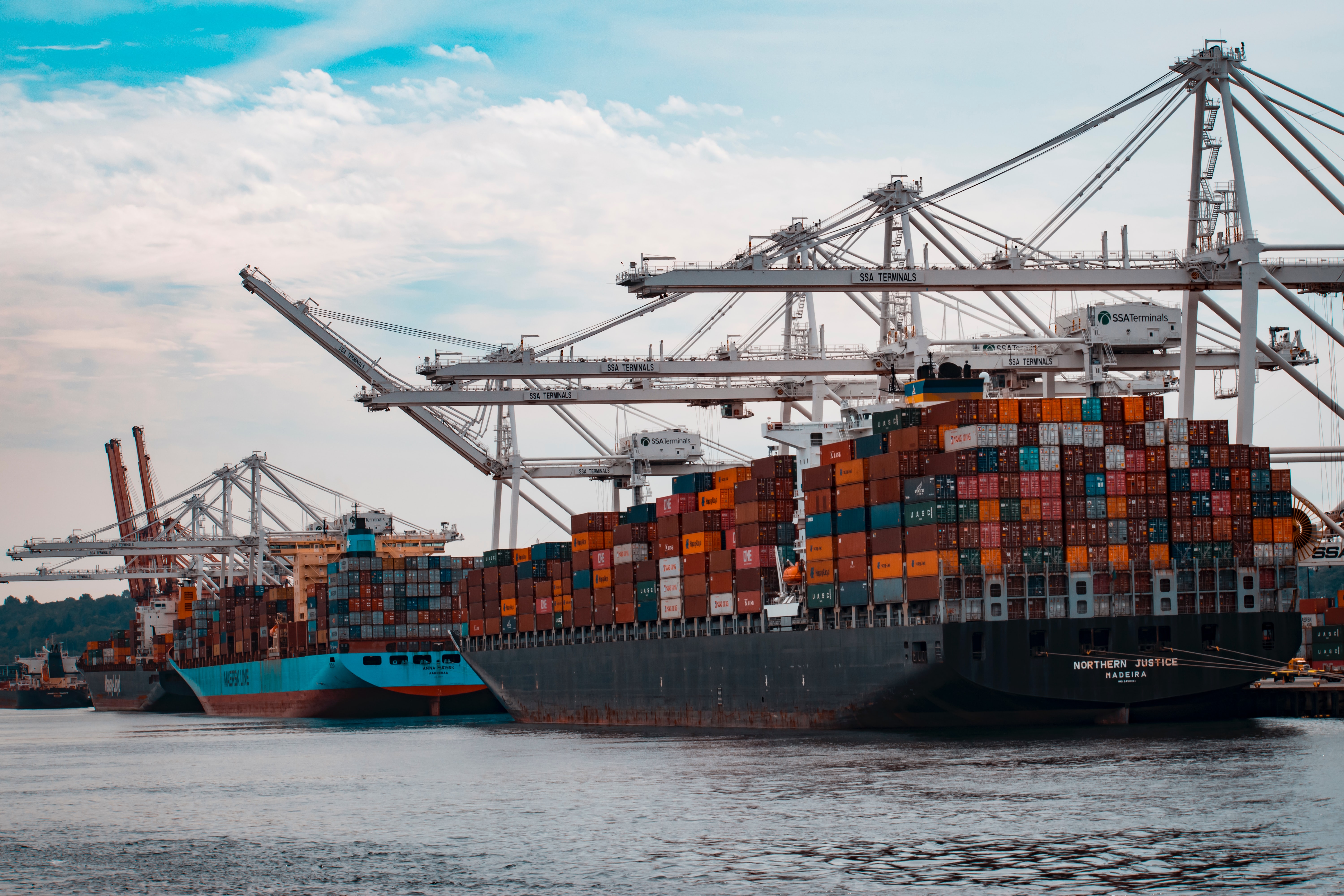News | PSR Researcher Dan Wei Analyzes the Socioeconomic Dimensions of Transportation Network Disruptions and Discusses Resilience Tactics
Stop the VideoNews

PSR
PSR Researcher Dan Wei Analyzes the Socioeconomic Dimensions of Transportation Network Disruptions and Discusses Resilience Tactics
Thursday, April 29, 2021
by Jenny Benitez
The year 2020 has accentuated the importance of preparation and response to disaster and disruption. A global pandemic and the recent Suez Canal blockage in 2021 come with a lesson—unexpected disruptions can and will happen, and it is advantageous to prepare for disturbances ahead of time instead of improvising during precarious moments. Although it is impossible to predict precisely what will happen in the future, it is possible to prepare for general network disruptions through insights gained from consequence analysis and preparatory simulations. USC Research Associate Professor Dan Wei has dedicated a significant portion of her work to economic consequence analysis of natural and man-made hazards and to resilience development for continuity and recovery. In the Pacific Southwest Region (PSR) funded project, Socioeconomic Dimensions of Resilience to Seaport and Highway Transportation Network Disruptions, various PSR researchers including Dr. Wei, Dr. Adam Rose, Research Professor and Director of the Center for Risk and Economic Analysis of Terrorist Events (CREATE), USC Professor and Chair of Civil and Environmental Engineering Dr. Lucio Soibelman, and PhD Candidate Eyup Koc in Department of Civil and Environmental Engineering developed an integrated transportation-socioeconomic impact analysis model and estimated the aggregate income distribution impacts of a disruption to seaports and associated inland transportation infrastructure through a simulated earthquake scenario affecting the Ports of Los Angeles and Long Beach.
Seaports, such as the ports of Los Angeles and Long Beach, are a critical component of supply chain operations and general economic activity. As pointed out in the report, they are also highly vulnerable to disruptions stemming from various causes. Studies on disruptions and transportation systems vulnerability have increased in recent years due to major natural disaster disruptions, such as Hurricane Harvey to the Port of Houston. However, current literature tends to focus on a single infrastructure component—a sole airport, bridge, etc., which fails to recognize the interconnectedness of seaports to the rest of the transportation network. The PSR researchers address the gap and add to existing literature by capturing the interdependency in the transportation systems network and seeking a “comprehensive understanding of the economic impacts caused by the hazard-induced disturbances in seaports.” The study focuses on the correlated and cascading impacts of port disruptions on inland highway transportation as well as supply-chain effects of disruptions and delays of import and export and increased cost of inland freight movements.
The project further distinguishes itself by measuring the difference in impact across various socioeconomic groups, as major infrastructure disruptions can affect people in a region unequally. The researchers measure aggregate impact—calculated in part through percentage reductions in imports, exports, and GDP—but they also do a deeper dive into income distribution impacts across income groups. The thorough focus on measuring varying impacts of disruptions and resilience tactics across different income brackets fills an important gap in the existing literature, as very few studies have attempted this analysis before—and in fact, "no studies to date have examined the income distribution impacts of more than a select few resilience tactics."
The results of the project indicate significant loss reduction potentials of various port and transportation resilience tactics, including ship-rerouting, inventory use, input substitution, and production recapture. It would take about five months for the ports to fully recover from the simulated disruption. However, according to the analysis, “the loss reduction potential of resilience is 41.3% at the regional level of Los Angeles and 57.6% at the national level,” representing a significant reduction of billions of dollars of GDP losses. They also found that income losses stemming from port disruptions impact lower and middle-income groups slightly more, while losses stemming from general building stock damages and transportation cost increase impact middle and higher-income groups more. The study also indicates that port resilience tactics help reduce the inequality in income distribution resulting from port disruptions. Overall, the analysis serves to provide insights to port managers and policymakers about the importance of resilience tactics and continuity planning. Preparation can help reduce a substantial amount of costs and can smooth out day-to-day operations in the face of sudden adversity.

News Archive
- December (1)
- November (6)
- October (4)
- September (2)
- August (3)
- July (4)
- June (3)
- May (7)
- April (8)
- March (11)
- February (8)
- January (7)
- December (7)
- November (8)
- October (11)
- September (11)
- August (4)
- July (10)
- June (9)
- May (2)
- April (12)
- March (8)
- February (7)
- January (11)
- December (11)
- November (5)
- October (16)
- September (7)
- August (5)
- July (13)
- June (5)
- May (5)
- April (7)
- March (5)
- February (3)
- January (4)
- December (4)
- November (5)
- October (5)
- September (4)
- August (4)
- July (6)
- June (8)
- May (4)
- April (6)
- March (6)
- February (7)
- January (7)
- December (8)
- November (8)
- October (8)
- September (15)
- August (5)
- July (6)
- June (7)
- May (5)
- April (8)
- March (7)
- February (10)
- January (12)















